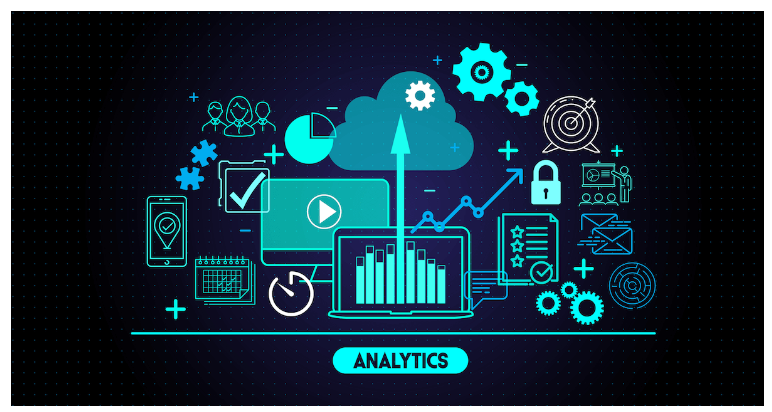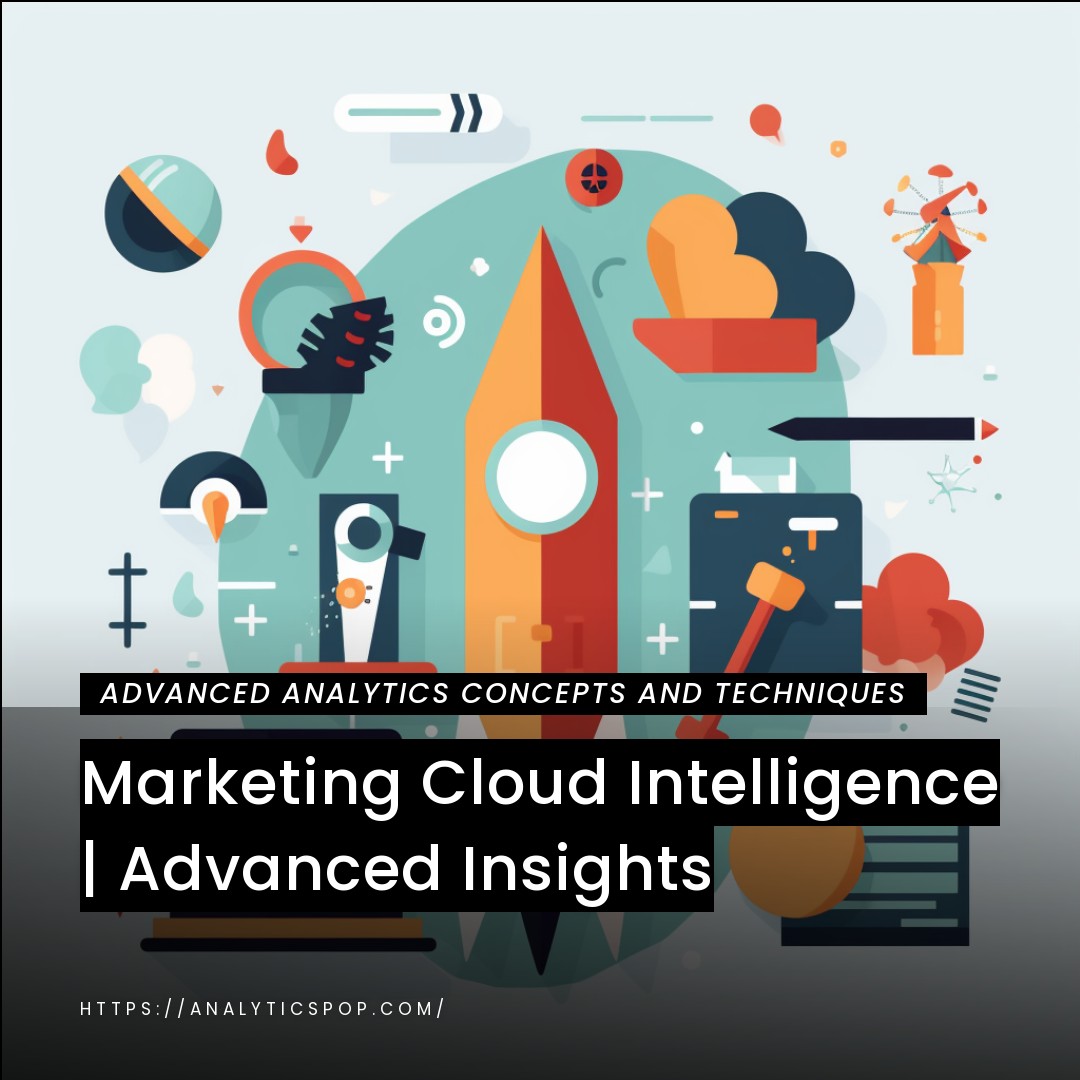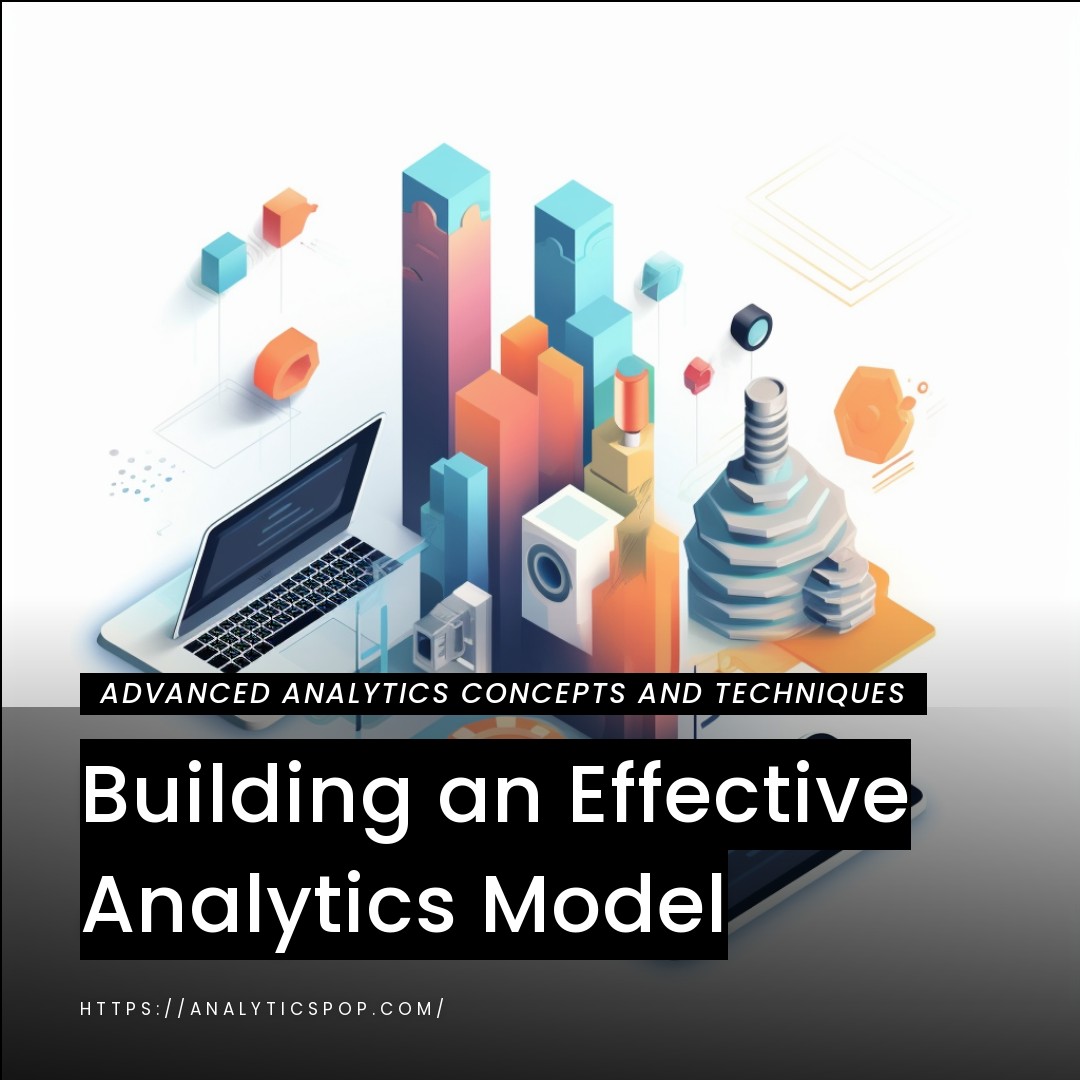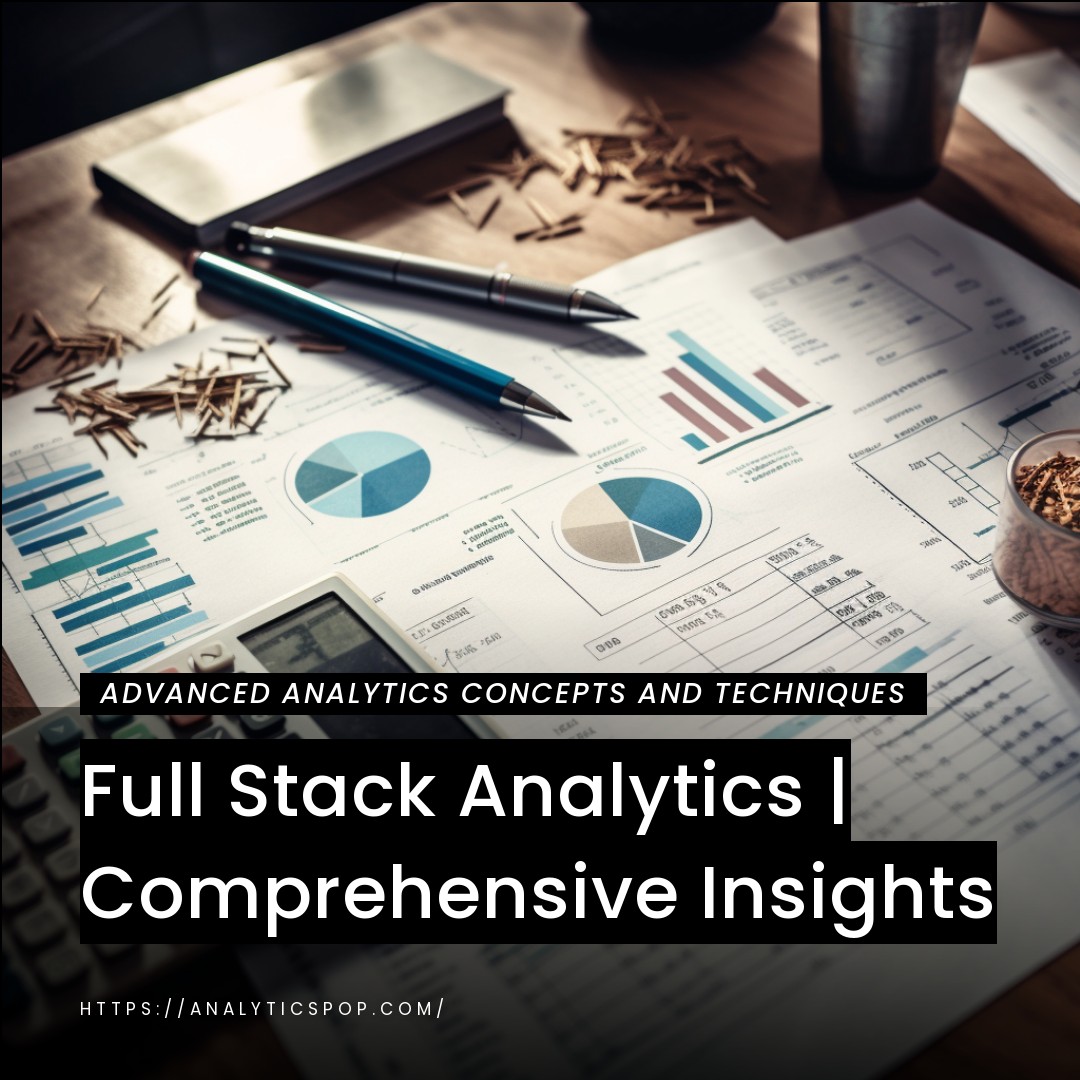Unleashing the Power of Marketing Cloud Intelligence: Advanced Insights for Data-driven Success
Marketing Cloud Intelligence is a game-changer in today’s data-driven landscape. By harnessing the power of advanced analytics and insights, businesses can unlock tremendous potential for success. With Marketing Cloud Intelligence, organizations can delve deep into their data to comprehensively understand their customers, identify trends, and make informed decisions.
- One of the key benefits of Marketing Cloud Intelligence is its ability to provide actionable insights based on real-time data. By analyzing customer behavior, preferences, and interactions across multiple channels, businesses can tailor their marketing strategies to deliver personalized experiences. For example, through sophisticated segmentation techniques, marketers can identify high-value customer segments and create targeted campaigns that resonate with their unique needs.
- Moreover, Marketing Cloud Intelligence enables businesses to measure the effectiveness of their marketing efforts with precision. Organizations can optimize their marketing campaigns and allocate resources more effectively by tracking key performance indicators (KPIs) such as click-through rates, conversion rates, and customer lifetime value. For instance, if a campaign is underperforming, marketers can quickly identify the weak points and make data-driven adjustments to improve results.
- Additionally, Marketing Cloud Intelligence empowers businesses to stay ahead of the competition by leveraging predictive analytics. By analyzing historical data and patterns, organizations can forecast future trends, anticipate customer needs, and proactively tailor their marketing strategies. This enables them to deliver timely and relevant content, enhancing customer engagement and driving conversions.
Marketing Cloud Intelligence provides a powerful toolkit for businesses to leverage data-driven insights and optimize their marketing strategies. By harnessing the advanced capabilities of this technology, organizations can unlock a world of opportunities for success in today’s dynamic and competitive landscape.
What is Marketing Cloud Intelligence
Marketing Cloud Intelligence is a cutting-edge technology revolutionizing how businesses understand and interact with customers. In today’s data-driven world, it has become essential for organizations to extract meaningful insights from vast amounts of customer data to make informed marketing decisions.
Marketing Cloud Intelligence combines advanced analytics, machine learning, and artificial intelligence to analyze customer behavior, preferences, and interactions across various channels. It empowers businesses to uncover hidden patterns, identify trends, and comprehensively understand their target audience.
With Marketing Cloud Intelligence, businesses can personalize their marketing efforts at scale. Organizations can create highly targeted and relevant campaigns that resonate with individual customers by leveraging data-driven insights. This level of personalization enhances customer engagement, boosts conversions, and ultimately drives revenue.
Moreover, Marketing Cloud Intelligence enables businesses to measure the impact and effectiveness of their marketing strategies. Organizations can optimize their marketing budgets and allocate resources more efficiently by tracking key performance indicators (KPIs), such as click-through rates, conversion rates, and customer acquisition costs.
Another valuable aspect of Marketing Cloud Intelligence is its ability to forecast future trends and anticipate customer needs. By analyzing historical data and utilizing predictive analytics, businesses can proactively adapt their marketing strategies to stay ahead of the competition.
Marketing Cloud Intelligence empowers businesses with powerful tools and insights to maximize their marketing efforts. By leveraging data-driven intelligence, organizations can deliver personalized experiences, measure performance accurately, and stay ahead in an ever-evolving marketplace.

Marketing Cloud Intelligence and its significance in the analytics industry.
Marketing Cloud Intelligence is a transformative technology significant in the analytics industry. It combines advanced analytics, machine learning, and artificial intelligence to give businesses valuable insights into their marketing efforts. This innovative solution enables organizations to extract actionable information from vast customer data, empowering them to make data-driven decisions and achieve marketing success.
- One of the key significances of Marketing Cloud Intelligence lies in its ability to unlock the power of data. Businesses gain a comprehensive understanding of their target audience by analyzing customer behavior, preferences, and interactions across multiple channels. This deep understanding allows organizations to create personalized and targeted marketing campaigns that resonate with individual customers, leading to higher engagement and conversions.
- Marketing Cloud Intelligence also plays a vital role in measuring marketing performance accurately. It provides businesses with robust analytics tools to track key performance indicators (KPIs) such as click-through rates, conversion rates, and customer acquisition costs. This data-driven approach allows organizations to optimize their marketing strategies, allocate resources effectively, and achieve higher returns on investment.
- Furthermore, Marketing Cloud Intelligence brings predictive analytics to the forefront, enabling businesses to anticipate future trends and customer needs. By leveraging historical data and sophisticated algorithms, organizations can proactively tailor their marketing strategies to stay ahead of the competition. This capability provides a significant advantage in a rapidly changing market landscape.
Marketing Cloud Intelligence holds immense significance in the analytics industry by providing businesses with the means to extract actionable insights from customer data. It empowers organizations to create personalized campaigns, optimize marketing performance, and stay ahead of the curve with predictive analytics. This technology revolutionizes how businesses approach marketing, enabling them to achieve data-driven success in today’s competitive landscape.
Importance of data-driven decision making in marketing strategies.
Data-driven decision-making plays a crucial role in shaping effective marketing strategies. In today’s digital era, where abundant data is available, businesses that leverage this data have a competitive advantage. Here are key reasons highlighting the importance of data-driven decision-making in marketing:
- Insights into Customer Behavior: Data-driven decision-making provides valuable insights into customer behavior. By analyzing customer data, businesses can understand their preferences, buying patterns, and interactions across various touchpoints. This information helps tailor marketing strategies to target specific customer segments, deliver personalized experiences, and increase engagement.
- Targeted and Relevant Campaigns: Data-driven decision-making allows marketers to create targeted and relevant campaigns. By utilizing customer data, businesses can segment their audience based on demographics, interests, or behavior, ensuring that marketing messages resonate with specific customer groups. This personalization enhances customer engagement, boosts conversion rates, and improves overall campaign effectiveness.
- Optimization of Marketing Channels: Data-driven decision-making helps identify the most effective marketing channels. By analyzing data on channel performance, businesses can allocate resources appropriately, focusing on channels that yield the highest returns. This optimization leads to cost efficiency and improved ROI by investing in channels that reach the right audience and generate desired outcomes.
- Real-time Performance Tracking: With data-driven decision-making, marketers can monitor and track key performance indicators (KPIs) in real time. This allows for timely adjustments to marketing strategies based on performance insights. Marketers can identify underperforming campaigns, optimize them, and capitalize on successful initiatives. This agility leads to better campaign outcomes and resource allocation.
- Anticipation of Market Trends: Data-driven decision-making enables marketers to anticipate market trends. Businesses can forecast future patterns, and emerging customer needs by analyzing historical data and using predictive analytics. This proactive approach ensures that marketing strategies align with evolving market dynamics, allowing for timely adjustments and staying ahead of competitors.
Data-driven decision-making empowers marketers to make informed choices based on customer insights, resulting in targeted campaigns, optimized resource allocation, real-time performance tracking, and the ability to anticipate market trends. By embracing data-driven strategies, businesses can achieve higher customer engagement, improved conversion rates, and a competitive edge in today’s dynamic marketing landscape.

Harnessing Advanced Insights for Marketing Success
Harnessing advanced insights is key to achieving marketing success in today’s competitive landscape. Businesses can make informed decisions and optimize their marketing strategies by leveraging cutting-edge analytics and data-driven methodologies. Here’s how advanced insights contribute to marketing success:
- Customer Understanding: Advanced insights provide a deep understanding of customers. Businesses gain valuable insights into their target audience by analyzing customer behavior, preferences, and demographics. This knowledge allows for creating personalized and relevant marketing campaigns that resonate with customers, driving higher engagement and conversion rates.
- Data-Driven Decision Making: Advanced insights enable data-driven decision-making. By harnessing analytics tools and techniques, businesses can analyze vast amounts of data to uncover meaningful patterns and trends. This helps marketers identify the most effective marketing channels, allocate resources optimally, and make informed choices based on performance metrics, leading to improved ROI and campaign outcomes.
- Predictive Analytics: Advanced insights leverage predictive analytics to anticipate future trends and customer behavior. Businesses can make accurate predictions and forecast market shifts by analyzing historical data. This proactive approach enables marketers to tailor their strategies to meet changing customer needs, gain a competitive edge, and seize opportunities before their competitors.
- Continuous Optimization: Advanced insights facilitate continuous optimization of marketing strategies. Through real-time monitoring and analysis of key performance indicators, businesses can identify improvement areas and promptly make data-driven adjustments. This iterative optimization process maximizes campaign effectiveness, enhances customer experiences, and drives better results over time.
- Competitive Advantage: Leveraging advanced insights provides a competitive advantage. By staying ahead of market trends, understanding customer preferences, and optimizing marketing efforts, businesses can differentiate themselves from competitors. This leads to increased brand visibility, customer loyalty, and market share.
Harnessing advanced insights is crucial for marketing success. By understanding customers, making data-driven decisions, leveraging predictive analytics, continuously optimizing strategies, and gaining a competitive advantage, businesses can achieve their marketing objectives and drive growth in an increasingly dynamic and data-centric marketplace.
Exploring the role of advanced analytics in Marketing Cloud Intelligence.
Advanced analytics plays a pivotal role in the effectiveness of Marketing Cloud Intelligence. It enables businesses to extract valuable insights from vast amounts of data and empowers them to make informed decisions to drive marketing success.
Here are key ways in which advanced analytics contributes to the capabilities of Marketing Cloud Intelligence:
- Data Exploration and Analysis: Advanced analytics allows businesses to explore and analyze large volumes of customer data within Marketing Cloud Intelligence. Businesses can uncover data patterns, trends, and correlations by utilizing data mining, machine learning, and statistical analysis. This deep analysis provides valuable insights into customer behavior, preferences, and engagement across various marketing channels.
- Customer Segmentation and Personalization: Advanced analytics enables effective customer segmentation within Marketing Cloud Intelligence. By categorizing customers into specific segments based on demographic, behavioral, or psychographic attributes, businesses can tailor marketing strategies to target each segment with personalized campaigns. This personalization improves customer experiences, increases engagement, and drives higher conversion rates.
- Predictive Analytics: Advanced analytics powers predictive capabilities within Marketing Cloud Intelligence. By leveraging historical data and sophisticated algorithms, businesses can forecast future trends, identify potential opportunities, and anticipate customer behavior. This allows marketers to proactively adapt their strategies, optimize campaigns, and deliver timely and relevant content to customers.
- Campaign Optimization and Performance Measurement: Advanced analytics helps optimize marketing campaigns within Marketing Cloud Intelligence. Marketers can monitor and measure key performance indicators (KPIs) such as click-through rates, conversion rates, and customer lifetime value. By analyzing these metrics, businesses can identify areas for improvement, optimize campaigns in real-time, and allocate resources effectively to maximize return on investment.
- ROI Analysis and Attribution: Advanced analytics provides insights into marketing activities’ return on investment (ROI) within Marketing Cloud Intelligence. Businesses can attribute the impact of specific marketing initiatives and channels by analyzing customer interactions, conversions, and revenue generation. This enables marketers to make data-driven decisions regarding budget allocation, channel optimization, and resource planning.
Advanced analytics enhances the capabilities of Marketing Cloud Intelligence by enabling data exploration, customer segmentation, predictive analytics, campaign optimization, and ROI analysis. By leveraging advanced analytics techniques, businesses can extract actionable insights from their data, drive targeted marketing strategies, and achieve superior results in today’s data-driven marketing landscape.

Leveraging predictive modeling and machine learning algorithms for actionable insights.
Leveraging predictive modeling and machine learning algorithms is a powerful approach to extracting actionable insights from data. By utilizing these advanced techniques, businesses can better understand their customers, identify trends, and make informed decisions. Here’s how predictive modeling and machine learning contribute to actionable insights:
- Customer Behavior Analysis: Predictive modeling and machine learning algorithms can analyze historical customer data to uncover patterns and predict future behavior. By understanding customer preferences, buying patterns, and interactions, businesses can personalize their marketing strategies and tailor offerings to meet individual needs. This enhances customer engagement and loyalty and drives actionable insights for targeted campaigns.
- Forecasting and Trend Analysis: Predictive modeling allows businesses to forecast future trends and market shifts. By analyzing historical data, businesses can identify patterns and use machine learning algorithms to predict future outcomes. This helps marketers anticipate customer demands, adjust marketing strategies proactively, and stay ahead of the competition. Actionable insights from these forecasts enable businesses to align their efforts with market trends and capitalize on emerging opportunities.
- Customer Segmentation and Targeting: Predictive modeling and machine learning algorithms assist in customer segmentation, enabling businesses to identify distinct customer groups based on behavior, demographics, or preferences. This segmentation provides actionable insights for targeted marketing campaigns, as businesses can deliver personalized messages, recommend relevant products, and optimize customer experiences based on specific segment characteristics.
- Churn Prediction and Retention Strategies: Predictive modeling and machine learning can identify potential customer churn risks. Businesses can build models to predict customer churn by analyzing historical data and customer interactions. These insights enable proactive retention strategies, allowing businesses to intervene with targeted offers or personalized communication to retain at-risk customers and reduce churn rates.
- Optimal Resource Allocation: Predictive modeling and machine learning help optimize resource allocation by identifying high-value opportunities. Businesses can prioritize marketing efforts and allocate resources to the most promising channels or customer segments by analyzing data on customer acquisition costs, lifetime value, and conversion rates. This data-driven approach ensures efficient resource utilization and maximizes return on investment.
Leveraging predictive modeling and machine learning algorithms enables businesses to extract actionable insights from their data. Businesses can make informed decisions and drive effective marketing strategies by analyzing customer behavior, forecasting trends, segmenting customers, predicting churn, and optimizing resource allocation. These actionable insights derived from advanced analytics techniques enhance customer engagement, optimize marketing efforts, and ultimately contribute to business success.
Case studies highlighting the impact of advanced insights on marketing campaigns.
Case Study 1: Personalized Recommendations
Company X, an e-commerce retailer, implemented advanced insights to improve their marketing campaigns. They developed a personalized recommendation engine by leveraging customer data and machine learning algorithms. The engine analyzed customer browsing behavior, purchase history, and demographic information to suggest relevant products to individual customers.
The impact was significant. Customers who received personalized recommendations showed a 30% increase in conversion rates compared to those who did not. Additionally, the average order value of customers who engaged with the personalized recommendations increased by 20%. The advanced insights-driven approach helped Company X deliver tailored experiences, improve customer satisfaction, and drive revenue growth.
Case Study 2: Dynamic Content Optimization
Company Y, a media and entertainment company, utilized advanced insights to optimize its email marketing campaigns. They optimized dynamic content based on customer behavior, preferences, and engagement data. Using machine learning algorithms, they dynamically tailored email content to each recipient’s interests, resulting in highly personalized and engaging campaigns.
The impact was impressive. Company Y observed a 40% increase in email open rates and a 25% increase in click-through rates compared to their previous static email campaigns. By delivering content tailored to individual interests, Company Y achieved higher customer engagement, improved campaign performance, and increased overall revenue from email marketing efforts.
Case Study 3: Customer Segmentation and Targeted Campaigns
Company Z, a telecommunications provider, utilized advanced insights to segment its customer base and implement targeted marketing campaigns. They identified distinct customer segments by analyzing customer data, including usage patterns, demographics, and service preferences. Based on these insights, they created tailored campaigns that addressed each segment’s unique needs and preferences.
The impact was remarkable. Company Z saw a 15% increase in customer acquisition rates within targeted segments compared to their previous generic campaigns. The personalized approach resonated with customers, leading to higher engagement, conversion rates, and customer retention. The advanced insights-driven segmentation and targeted campaigns allowed Company Z to optimize its marketing efforts and achieve better business outcomes.
These case studies demonstrate the tangible impact of advanced insights on marketing campaigns. From personalized recommendations driving higher conversion rates and dynamic content optimization improving email engagement to customer segmentation enabling targeted campaigns, leveraging advanced insights provides businesses with the tools to enhance customer experiences, optimize campaign performance, and drive meaningful results in today’s competitive marketing landscape.

Best Practices for Implementing Advanced Analytics in Marketing Cloud Intelligence
Implementing advanced analytics in Marketing Cloud Intelligence requires careful planning and execution. Here are some best practices to consider:
- Define Clear Objectives: Clearly define your marketing objectives and identify the insights you want to derive from advanced analytics. Determine the key performance indicators (KPIs) you will measure to assess the success of your initiatives. This clarity will guide your analytics efforts and ensure alignment with your overall marketing strategy.
- Identify Relevant Data Sources: Identify the relevant data sources to your marketing goals. This may include customer data, campaign data, website analytics, and social media metrics. Ensure the data is accurate, reliable, and accessible within your Marketing Cloud Intelligence platform.
- Data Integration and Cleansing: Integrate data from various sources into a centralized data repository to enable comprehensive analysis. Cleanse and transform the data to ensure consistency and quality. This step is crucial to generate accurate and meaningful insights.
- Implement Advanced Analytics Tools: Invest in advanced analytics tools and technologies compatible with your Marketing Cloud Intelligence platform. These tools should have predictive modeling, machine learning, data visualization, and statistical analysis capabilities. Consider in-house solutions and third-party vendors to find the best fit for your needs.
- Build Analytics Models: Develop analytics models tailored to your specific marketing goals. This may involve building predictive models, customer segmentation models, or churn prediction models. Train and refine these models using historical data and iterate as new data becomes available.
- Collaborate with Data Scientists and Analysts: Engage data scientists and analysts with expertise in advanced analytics techniques. They can help design, implement, and interpret the results of your analytics initiatives. Collaboration between marketing teams and analytics experts is key to effectively translating insights into actionable marketing strategies.
- Test and Optimize: Continuously test and optimize your analytics models and strategies. Monitor the performance of your campaigns and analyze the results against your predefined KPIs. Use A/B testing and experimentation to refine your approaches and uncover new insights.
- Data Privacy and Compliance: Ensure compliance with data privacy regulations and maintain data security throughout analytics. Implement appropriate measures to protect customer data and adhere to relevant data protection guidelines.
- Foster a Data-Driven Culture: Foster a culture of data-driven decision-making within your organization. Encourage collaboration between marketing, analytics, and other relevant teams. Promote the use of data and insights to drive marketing strategies, foster innovation, and continuously improve your marketing efforts.
By following these best practices, you can effectively implement advanced analytics in Marketing Cloud Intelligence and unlock valuable insights to drive marketing success.
Understanding the data requirements and data collection process.
Understanding the data requirements and implementing an effective data collection process is essential for leveraging advanced analytics in Marketing Cloud Intelligence. Here’s a step-by-step overview:
- Identify Data Requirements: Define the specific data requirements for your marketing objectives. Determine the relevant data types, such as customer demographics, behavior, interactions, campaign performance, and other key metrics. Identify the specific variables and attributes that you need to collect and analyze.
- Select Data Sources: Identify the data sources that contain the required data. This may include internal databases, customer relationship management (CRM) systems, website analytics tools, social media platforms, email marketing platforms, and more. Explore internal and external data sources that can provide valuable insights for your marketing initiatives.
- Data Integration: Establish a process to integrate data from various sources into a centralized repository. This could involve utilizing data integration tools, APIs, or data connectors to connect and merge data from different systems. The goal is to create a unified view of the relevant data for analysis within your Marketing Cloud Intelligence platform.
- Data Cleansing and Validation: Ensure the quality and accuracy of the collected data by performing data cleansing and validation processes. Identify and address any inconsistencies, errors, or duplicates in the data. This step is crucial to ensure the reliability and integrity of the data used for advanced analytics.
- Implement Data Collection Mechanisms: Set up mechanisms to collect data in real time or at regular intervals, depending on your requirements. This could involve implementing tracking codes, cookies, or pixel tags on your website or leveraging APIs to extract data from external platforms. Consider automating the data collection process to ensure a continuous and consistent data flow.
- Ensure Data Privacy and Compliance: Adhere to data privacy regulations and implement appropriate measures to protect customer data. Obtain necessary consent and permissions for collecting and storing customer data. Ensure compliance with regulations such as GDPR or CCPA, and implement security measures to safeguard sensitive data.
- Data Governance and Documentation: Establish data governance practices to manage data effectively. Document data collection processes, data definitions, and data mappings to ensure clarity and consistency. Maintain an inventory of data sources, fields, and meanings to facilitate future analysis and reporting.
- Data Storage and Management: Determine how and where the collected data will be stored. Consider cloud-based storage solutions or on-premises systems based on your organization’s requirements. Ensure that the storage infrastructure can handle the volume and velocity of data generated for analytics purposes.
- Regular Data Monitoring and Updates: Continuously monitor and update your data collection processes. Regularly review the quality and relevance of the collected data. Stay informed about changes in data sources, platforms, or regulations that may impact your data collection strategy. Maintain a process for ongoing data monitoring, maintenance, and updates.
By understanding the data requirements and implementing a robust data collection process, you can ensure that you have the necessary data to derive actionable insights using advanced analytics within your Marketing Cloud Intelligence platform.

Key considerations for selecting and implementing advanced analytics tools.
Selecting and implementing advanced analytics tools is critical in leveraging data effectively within your marketing strategy. Here are key considerations to keep in mind:
- Define Business Objectives: Clearly define your marketing objectives and align them with the capabilities of the advanced analytics tools you are considering. Identify the insights you need to derive from the tools to achieve your marketing goals. Ensure that the tools can address your unique business requirements.
- Analytical Capabilities: Evaluate the analytical capabilities of the tools. Consider whether they offer predictive modeling, machine learning algorithms, statistical analysis, data visualization, and other relevant features. The tools should provide the necessary functionality to analyze and interpret your data effectively.
- Integration with Existing Systems: Assess the compatibility and integration capabilities of the tools with your existing systems and data sources. Ensure the tools can seamlessly connect with your Marketing Cloud Intelligence platform, customer databases, CRM systems, or other relevant data sources. Smooth integration is essential for efficient data processing and analysis.
- Scalability and Performance: Consider the scalability and performance of the analytics tools. Evaluate whether they can handle large volumes of data and perform complex computations efficiently. Scalability ensures that the devices can accommodate growing data needs and handle increased analytics workloads in the future.
- User-Friendliness and Accessibility: Consider the ease of use and accessibility of the tools. They should have a user-friendly interface and intuitive features that allow marketers and analysts to interact with the data easily. Ensure that the tools provide the necessary documentation, training, and support to enable successful implementation and adoption.
- Data Security and Compliance: Data security and compliance should be top priorities when selecting analytics tools. Ensure the devices comply with relevant data privacy regulations, provide robust security measures to protect sensitive data, and offer appropriate access controls. Consider any industry-specific compliance requirements that may apply to your organization.
- Vendor Support and Expertise: Evaluate the vendor’s reputation, expertise, and support capabilities. Consider their track record in the analytics industry, customer reviews, and the level of support they offer. Choosing a reliable vendor who can provide ongoing technical support, updates, and assistance when needed is essential.
- Total Cost of Ownership: Consider the total cost of ownership, including licensing fees, implementation costs, training expenses, and ongoing maintenance fees. Compare the prices against the expected benefits and ROI of the analytics tools. Ensure that the pricing structure aligns with your budget and long-term business goals.
- Future Growth and Innovation: Consider the potential for future growth and innovation with analytics tools. Assess whether the devices have a roadmap for advancements, updates, and new features. Look for vendors committed to staying at the forefront of analytics technology and can support your evolving needs.
By carefully considering these factors, you can select and implement advanced analytics tools that align with your marketing objectives, enable practical data analysis, and drive actionable insights within your Marketing Cloud Intelligence platform.



